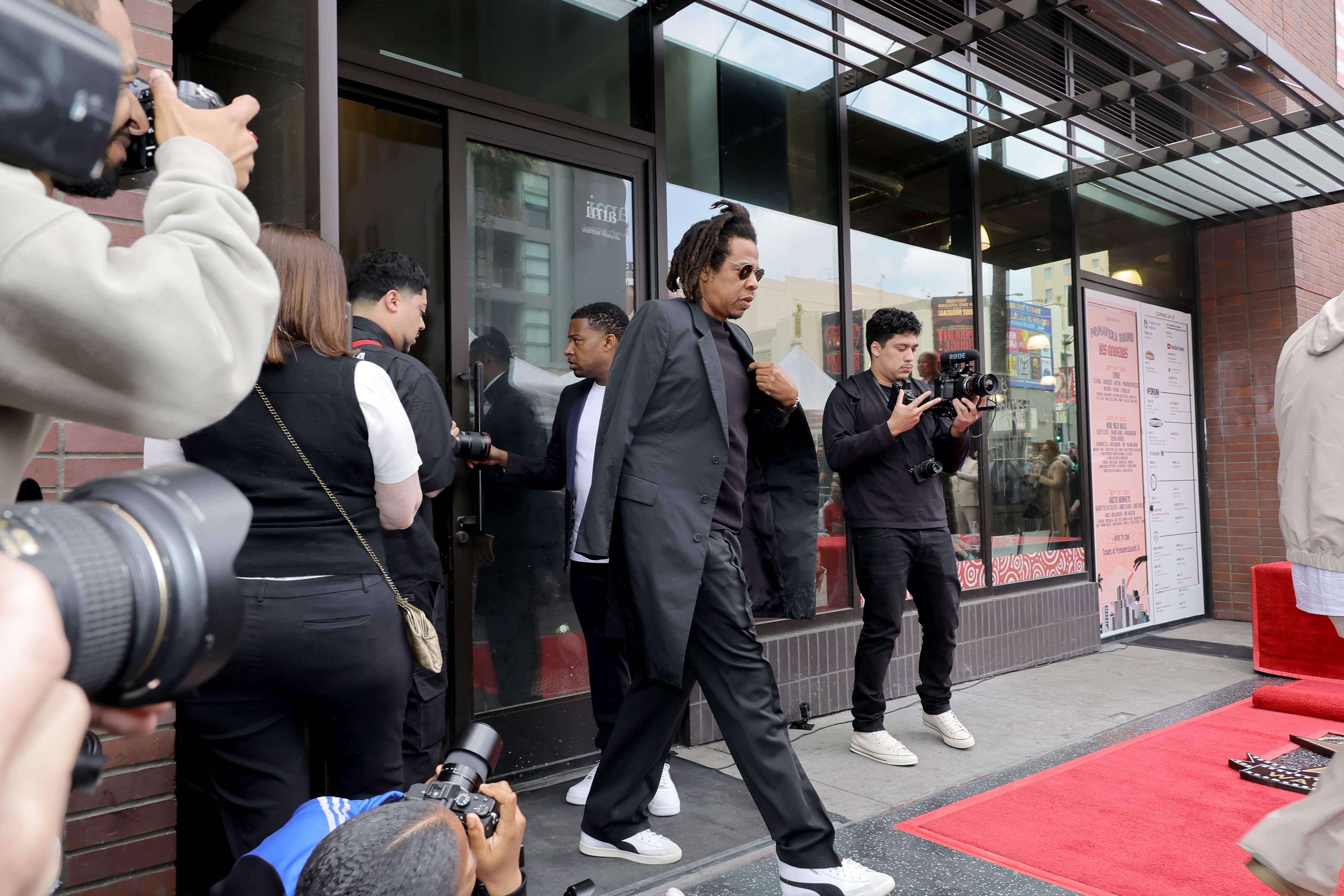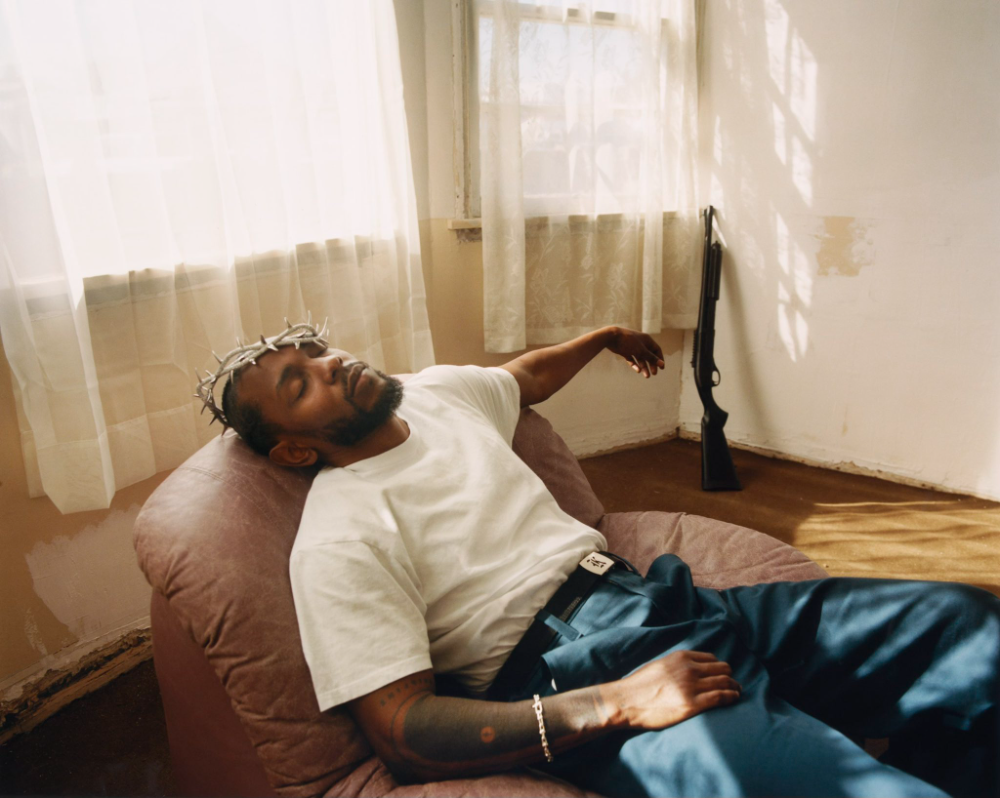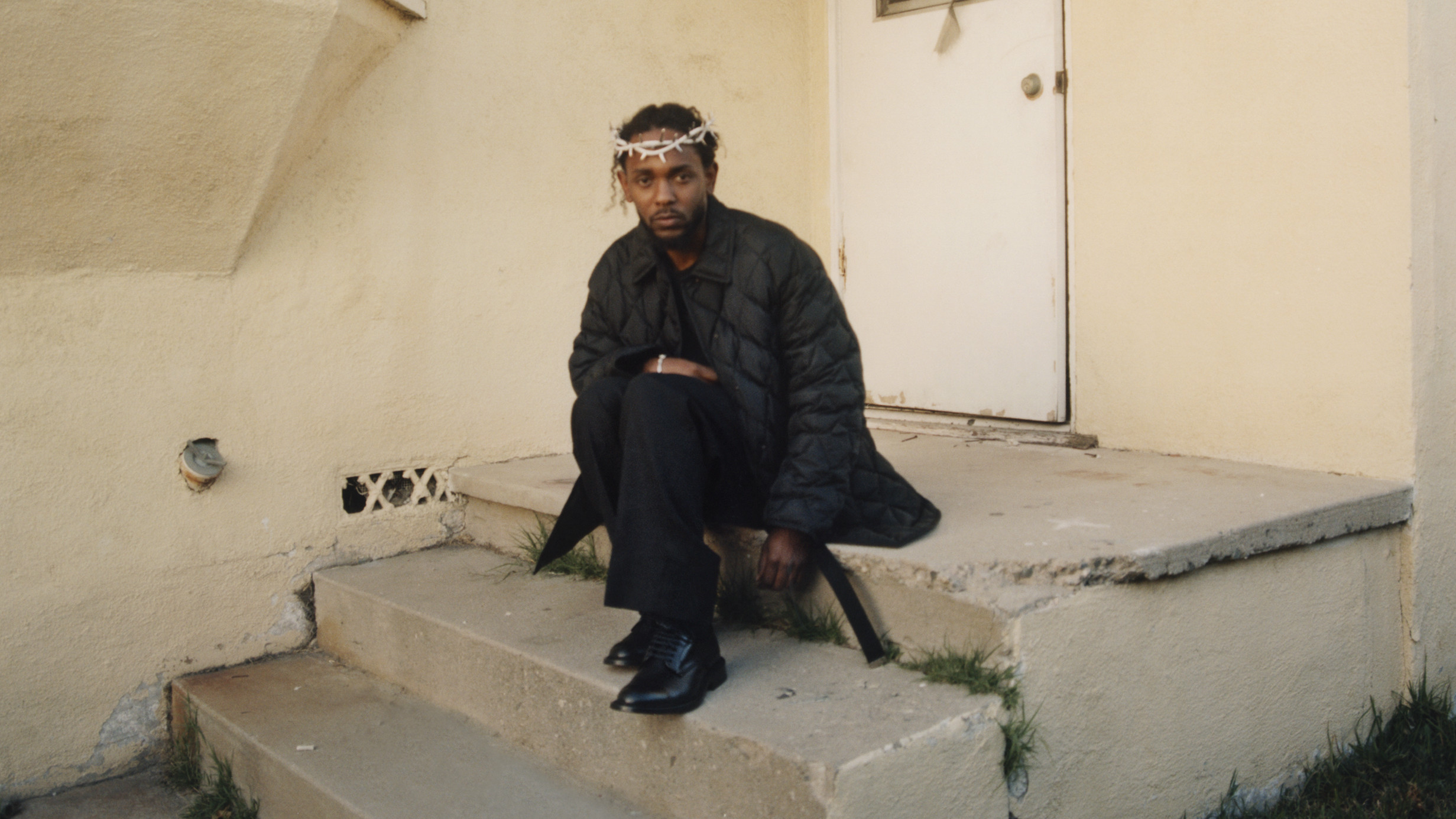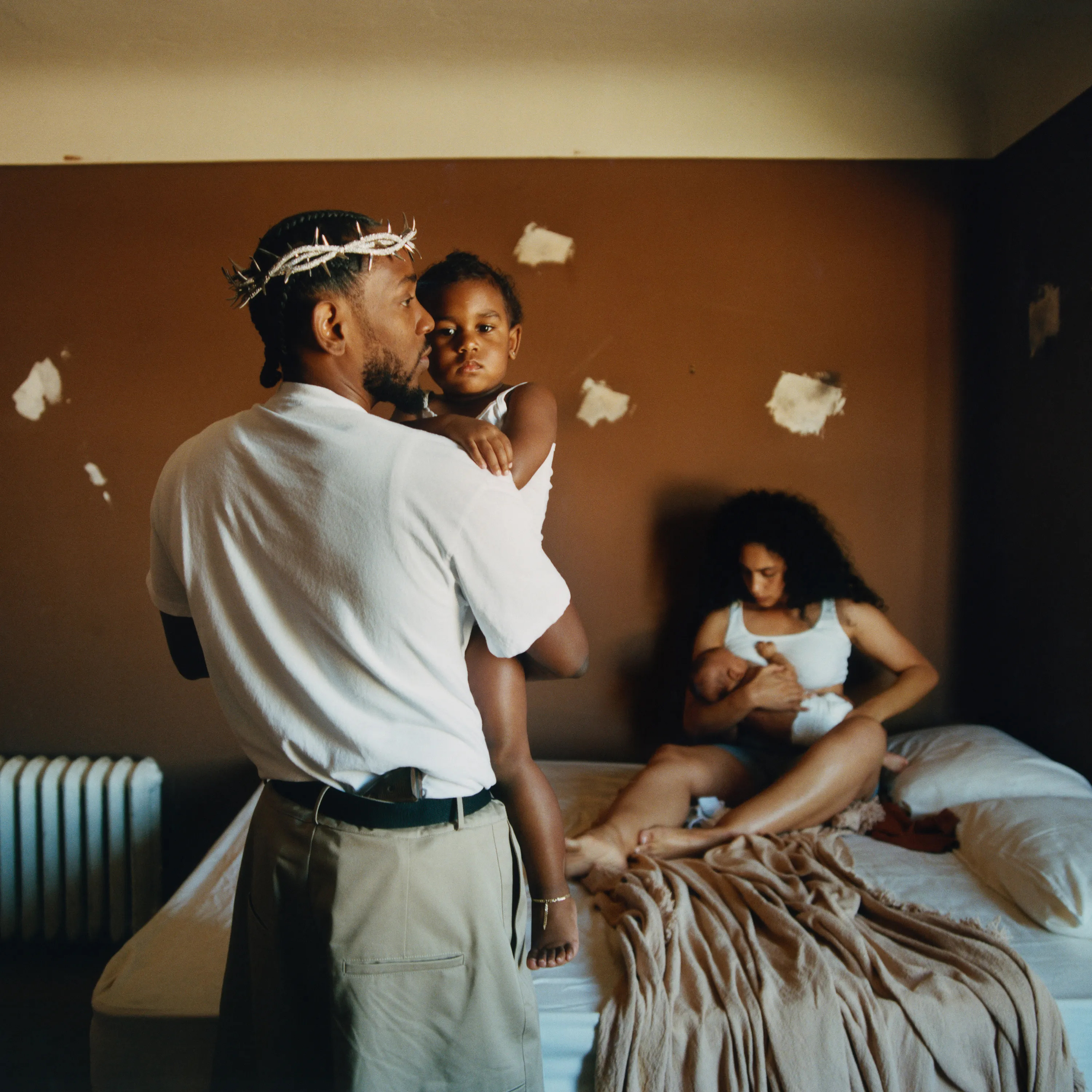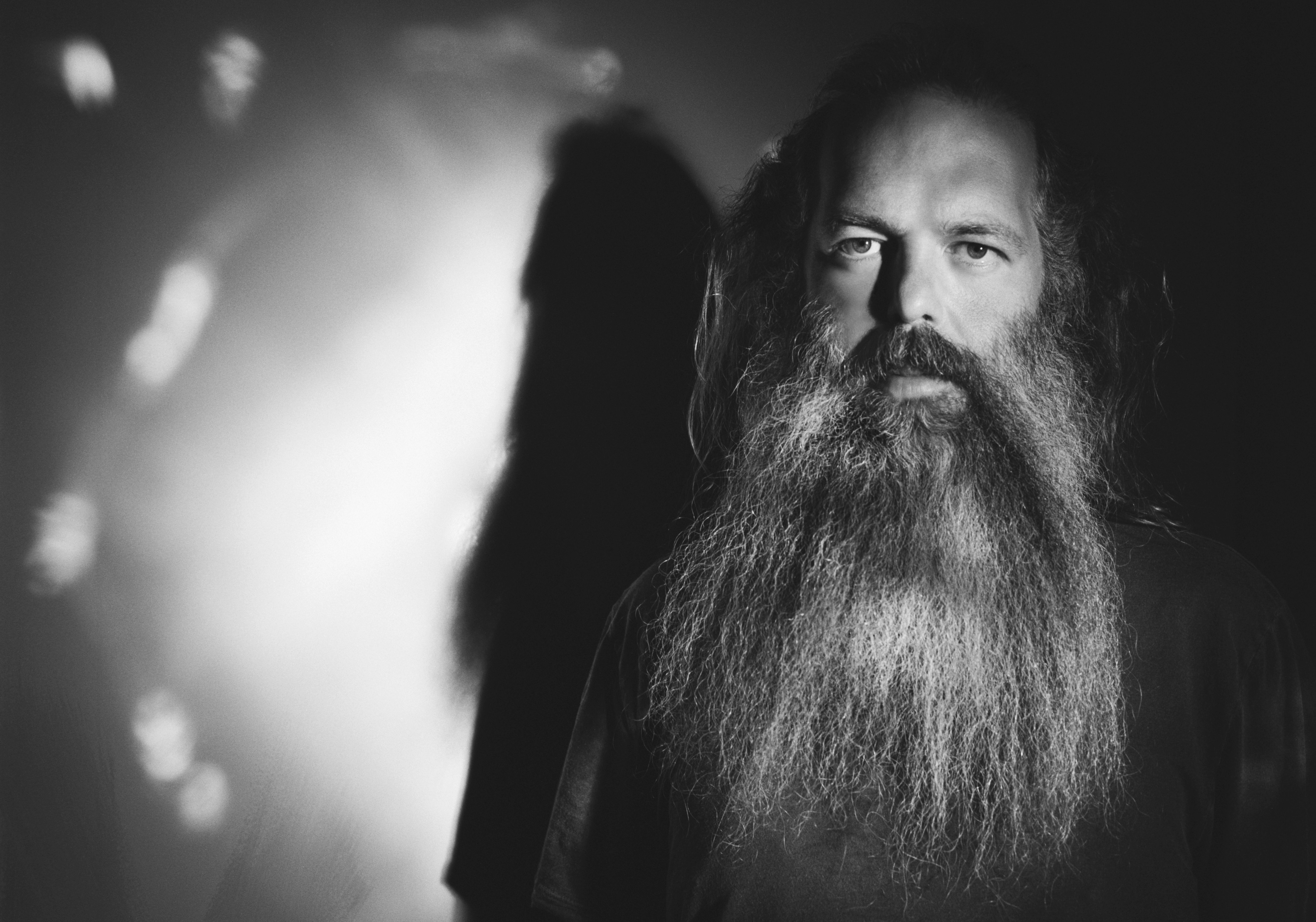


For example, I had an interview set with an important person at a prominent brand for a job. I planned to pitch investigating Ticketmaster and the problem of nepotism in society. The meeting was canceled and I shelved the ideas, only to see them become talking points weeks later. Meanwhile, Rubin writes: “If you have an idea you’re excited about and you don’t bring it to life, it’s not uncommon for the idea to find its voice through another maker. This isn’t because the other artist stole your idea, but because the idea’s time has come.”
There are tips for how to connect with your subconscious. He cites artists who listen to instrumentals for the first time and just start blurting out gibberish with no thought or preparation, something I’ve heard artists like Snoop Dogg and Rico Nasty claim they do.
He makes the case for utter randomness. In one passage, he suggests opening a book to an arbitrary page. Recalling a time when his doctor told him he should have his appendix removed, he picked up a book by Dr. Andrew Weli, opened it to a random page that said, “if a doctor wants to remove a part of your body, and they tell you it has no function, don’t believe this.” He opted against the surgery. While I probably wouldn’t take his medical advice, he’s really just trying to convince you to be open and let the universe guide you when you’re unsure.
He encourages experimentation and holding on to childlike wonder. He’s against competition and comparison, assuring artists that their competition is only themselves while they’re on the path of evolution. This is unlikely to ring true with the audience at large who love to compare, but it’s something any artist in the creative mode would benefit from hearing. “Putting your best effort in at each moment, in each chapter, is all we can ever hope to accomplish,” writes Rubin.
One of the most relatable sections is a bullet-pointed list of “Thoughts and habits not conducive to the work” which include, “Believing you’re not good enough,” “Abandoning a project as soon as it gets difficult,” and “Thinking you can only do your best work in certain conditions.” I’ve had every single thought on the list at one point or another, and I’m sure every artist I know can attest they’ve had them as well.
[Rubin] grapples with the tension of art vs. commerce that every professional artist must confront. What he cares about is very clear, as he succinctly writes, “The business thinks in terms of quarterly earnings and production schedules. The artist thinks in terms of timeless excellence.”
Many of the sections where Rubin reflects on his personal experiences of crafting an album sound like the story of an album I know but not one Rubin had a hand in. He describes situations where an artist is no longer interested in the completion process (DONDA 2 anyone?), and another one where an artist suddenly wants to start over because they spent too much time in one phase of crafting, citing things like “demo-itis.” He describes the difference between what he calls “experimenters” and “finishers.” He describes experimenters as people who find it difficult to complete and release work—it made me think of Dr. Dre. He describes finishers as people who move quickly to the endpoint with immediate clarity. It makes me think of prolific rappers like Lil Wayne, Future, and YoungBoy NeverBrokeAgain.
He grapples with the tension of art vs. commerce that every professional artist must confront. What he cares about is very clear, as he succinctly writes, “The business thinks in terms of quarterly earnings and production schedules. The artist thinks in terms of timeless excellence.” He also is frank about what often happens to artists who do finally blow up: “Most aspects of popularity are not as advertised. And the artist is often just as empty as they were before, probably more so.”
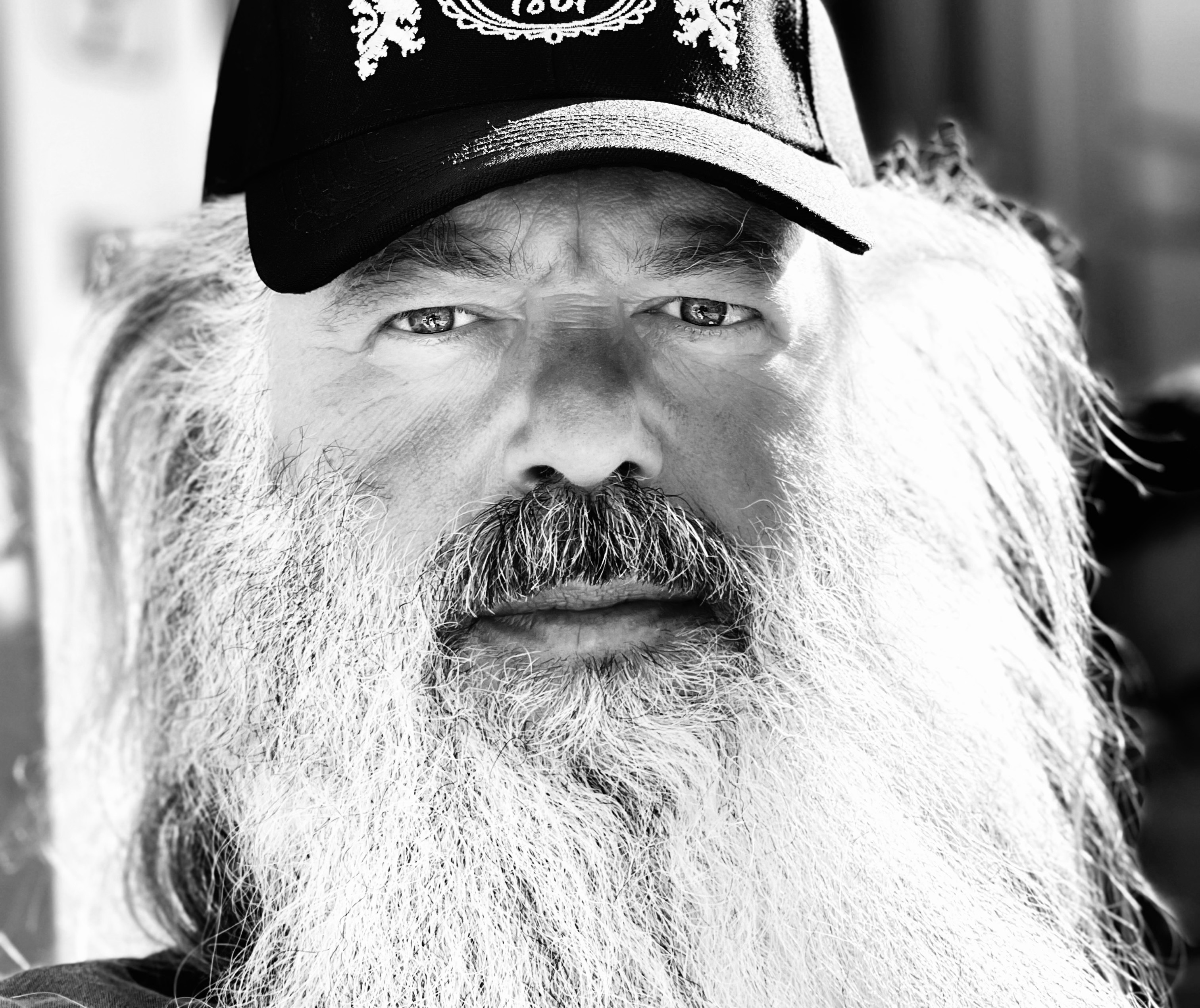
Ultimately, he isn’t trying to make the case for being permanently inspired in a zen-like state of boundless creativity. Instead, he advises us to continuously work towards a goal, be okay without everything being perfect, and not let the voices in our heads dissuade us from making it to the finish line. When you finally do get to the end, the world’s greatest reducer explains how to strip it down to its bare essentials.
Reading the book I was reminded of one of my favorite quotes that Roger Ebert often cited though he did not originate: “The muse visits during, and never before, the act of composition.” People often think they need some grand idea before they can start working when in fact, you need to sit down, start working, and while you’re working a grand idea will come to you.
Most of Rubin’s advice is so practical it’ll seem obvious if you actually follow through. At one point, I put the book down and started using voice dictation on my Notes app and came up with the first drafts of several ideas I’ve been thinking about. I would often press the dictation button by mistake and panic trying to figure out how to get back to a keyboard. Now I look at it as a tool that I’m going to use for every first draft. Perhaps every time I clicked it by mistake, the universe was giving me that signal like Rubin says.
There’s a great anecdote where he recounts working with a woman coming off a successful album who had lost the will to keep working. When he told her she can stop making music if it wasn’t making her happy, her face lit up because she realized she would be happier putting her work out in the world. I thought of SZA, who seemed disenchanted with the music business after CTRL and took five years to craft SOS, an even better album.
Like the anonymous artist Rubin refers to, even as I find myself ready to give up, I can’t stop. I started writing on SubStack. I don’t really know why. Maybe I am an artist, after all, compelled by some unknown force. “You’re the only one with your voice,” assures Rubin.
I’ve only had two jobs in media, I may never get a third. Maybe that’s okay, I’m going to keep writing anyway. I’ve been to Shangri-La. I know the way back.

